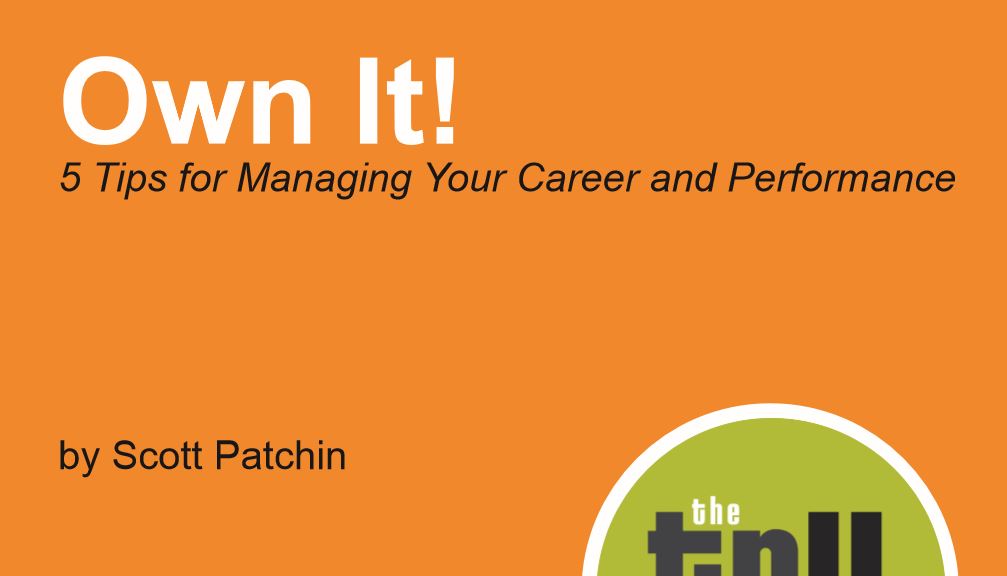It is a choice . . . to buy into the fear and the system or to chart your own path and create value as you do. It’s your job to figure out how to chart the path, because charting the path is the point. ~ Seth Godin, Linchpin: Are You Indespensible?
The most important part of my development plan template is the last page. It is where the individual signs it and commits to scheduling the next update meeting with their leader. That is ownership and I ask people to sign it before I end our session.
The key to getting to this point is to only start the process if the individual is ready and willing to own the process and excited about doing the work. This is not about tricking a person or trying to get into their head and guess their motivations, it is simply about providing them an opportunity to show they are ready and willing to own it. Here are 3 ways I use to test that:
- Ask them to read a book before we start (the two I like are Linchpin by Seth Godin and Do The Work by Steven Pressfield). The books are important, but more important is their capacity to create time to learn for themselves and demonstrate they can follow-thru. This demonstrates ownership.
- Gather 360 performance feedback and present it back to them. Do they listen and graciously accept the gift of feedback and work through it to the point where they start making changes based on it or do they make excuses why it is not accurate? This demonstrates the ability to own their own strengths and weaknesses.
- Ask them to email me to setup a meeting and/or invite them to a learning event. Showing up sounds like a low threshold to demonstrate ownership – but you would be surprised how effective this is.
Seem simple? It actually is, because any one of these give you an idea that they are ready. The ability to fill out the development plan and spend time quarterly to reflect and update it will be the ultimate test.
Remember, not showing ownership does not mean someone is a bad person or an underperformer, it just means at this point in their life they don’t have the capacity to own it. I remember one time I took on a stretch assignment of design and delivery of some learning for a group of senior leaders at a Fortune 100 company where I worked. It was challenging, stressful, and happened during the third trimester of our fourth child. I realized that it was too much when I saw myself spending too much time working and no time feeling the baby move and helping with the other 3 kids so my wife could rest a little. I finally asked for help and handed off the duties because it was too much at that time in my life. I could support the work, I just did not have the capacity to lead it.
Mastery is a journey, and it is a choice. Help people understand the choice, invite them to own it, and then provide an opportunity to show ownership.
